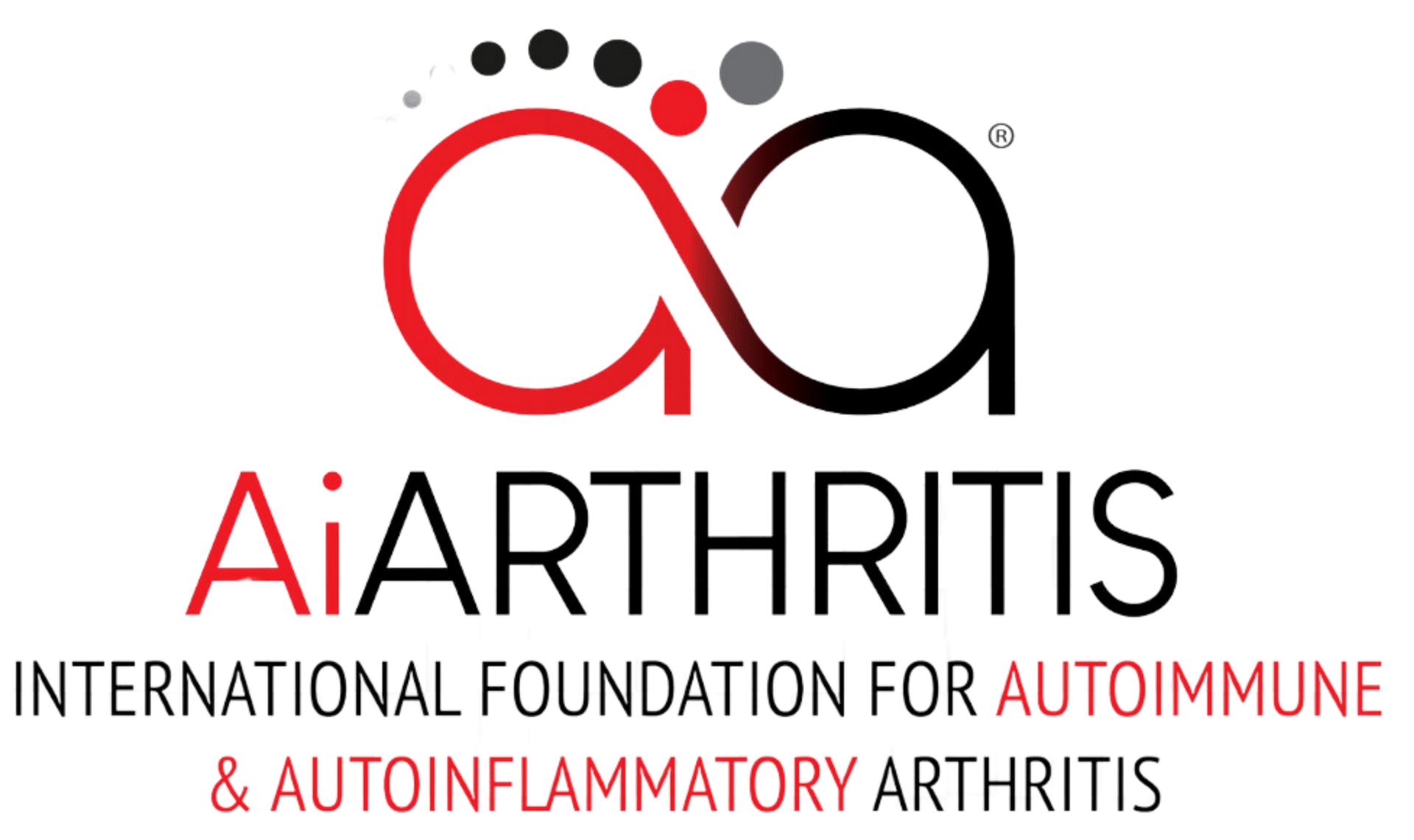Early Symptoms and Uncertainty in Autoimmune and Autoinflammatory Diseases

Autoimmune and autoinflammatory diseases can be difficult to diagnose, as their early symptoms often appear subtle, inconsistent, or easily mistaken for other conditions. Many individuals experience joint stiffness, fatigue, low-grade fevers, and unexplained discomfort, leaving them puzzled about their health. Because these diseases involve immune system dysfunction, symptoms can fluctuate, making it challenging to pinpoint a clear cause.
Understanding the early warning signs and the uncertainty surrounding diagnosis can help individuals seek medical attention sooner, potentially preventing long-term complications.
Why Early Symptoms Are Often Overlooked
Autoimmune and autoinflammatory diseases affect millions of people worldwide, yet many cases go undiagnosed for years. This delay occurs because:
- Symptoms mimic common ailments like stress, aging, or minor infections.
- Patients may experience periods of remission, leading them to dismiss symptoms.
- Many doctors prioritize ruling out other conditions before considering autoimmunity.
Since these diseases can affect multiple organs and systems, symptoms vary widely, making early detection difficult.
Common Early Symptoms
Joint Stiffness and Pain
- Often worse in the morning or after periods of inactivity.
- May affect multiple joints symmetrically, such as both hands or knees.
- Can be accompanied by swelling, redness, or warmth.
Persistent Fatigue
- Unlike normal tiredness, autoimmune-related fatigue does not improve with rest.
- Can interfere with daily activities, concentration, and motivation.
- Often linked to chronic inflammation and immune system overactivity.
Low-Grade Fevers
- Frequent but mild fevers without an obvious infection.
- May indicate immune system activation or underlying inflammation.
- Often accompanied by chills, body aches, or flu-like symptoms.
Skin Changes
- Rashes, discoloration, or thickened skin may appear suddenly.
- Conditions like psoriasis, lupus, and scleroderma often present with skin symptoms.
- Some autoimmune diseases cause sensitivity to sunlight or unexplained bruising.
Digestive Issues
- Abdominal pain, bloating, diarrhea, or constipation may signal autoimmune involvement.
- Diseases like Crohn’s, celiac disease, and ulcerative colitis affect the gut.
- Many autoimmune conditions are linked to gut inflammation and microbiome imbalances.
Brain Fog and Cognitive Changes
- Difficulty concentrating, remembering details, or processing information.
- Often described as feeling mentally sluggish or disconnected.
- Can be worsened by fatigue, stress, or inflammation.
Hair Loss and Nail Changes
- Thinning hair or sudden bald patches may indicate autoimmune activity.
- Brittle nails, ridges, or discoloration can be early signs of systemic disease.
- Conditions like alopecia areata and lupus often affect hair and nails.
The Uncertainty of Diagnosis
Why Diagnosis Takes Time
- Autoimmune diseases often require multiple tests to confirm.
- Symptoms may come and go, making it hard to establish a pattern.
- Many doctors rule out infections, hormonal imbalances, and other conditions first.
Common Diagnostic Tests
- Blood tests (ANA, CRP, ESR, RF) to detect inflammation and autoantibodies.
- Imaging scans (X-rays, MRIs) to assess joint damage.
- Biopsies for skin or organ involvement in certain diseases.
Seeking a Second Opinion
- If symptoms persist but tests are inconclusive, consulting a specialist (rheumatologist, immunologist) may help.
- Keeping a detailed symptom journal can provide valuable insights for doctors.
Discover More Of Our Resources
What to Do If You Suspect an Autoimmune or Autoinflammatory Disease
Steps to Take:
- Track symptoms daily, noting severity and triggers.
- Consult a doctor and request autoimmune-specific tests.
- Advocate for yourself if symptoms are dismissed or overlooked.
- Join support groups to connect with others experiencing similar challenges.
Early symptoms of autoimmune and autoinflammatory diseases can be confusing, subtle, and frustrating, often leaving patients uncertain about their health. Recognizing these signs and seeking medical attention early can lead to faster diagnosis, better treatment options, and improved quality of life.





